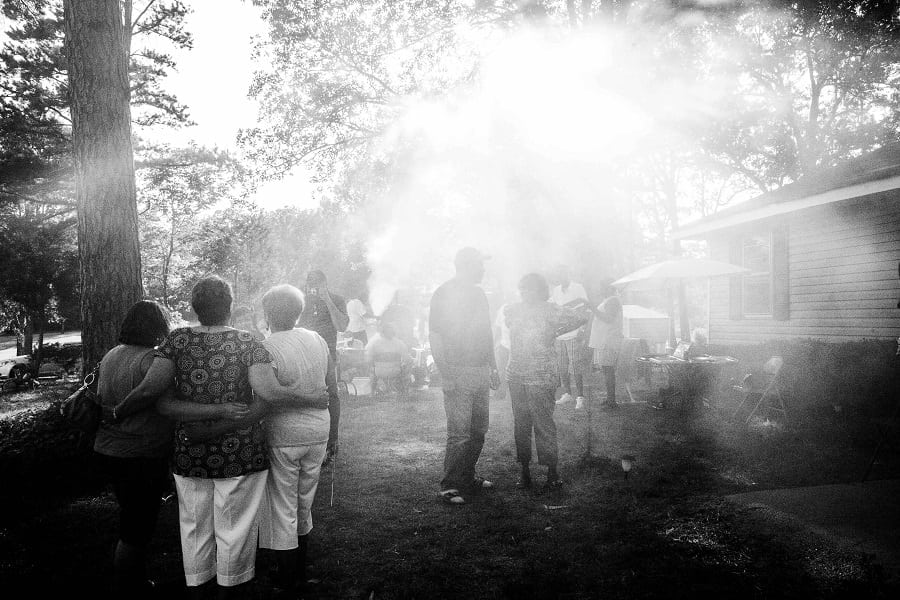
Carlos Javier Ortiz
The Economic Hardship Reporting Project presents a discussion with four of our video grantees about the process of making visual works that address important American aftermath issues, including: the Great Migration of African Americans from the South to the North; urban neglect; and the cultural conflict over abortion sparked by Roe v. Wade.
Presenters: Zackary Canepari Carlos Javier Ortiz Yoruba Richen
Moderators: Sara Terry
Location: Brooklyn Bridge Park – Emily Warren Roebling Plaza
Number 1 on the official photoville map
The Economic Hardship Reporting Project presents a discussion with four of our video grantees about the process of making visual works that address important American aftermath issues, including: the Great Migration of African Americans from the South to the North; urban neglect; and the cultural conflict over abortion sparked by Roe v. Wade. These films invite fresh thinking about “aftermath” issues through storytelling that sets intimate personal stories against some of the most pressing social issues of our time, and of our history. Each piece builds on a strong visual aesthetic that helps carry and drive the narrative. We will discuss how these images and stories, when published in mainstream media outlets, add to a better understanding of the kinds of inequality that can arise in the aftermath of huge cultural and historical trends.
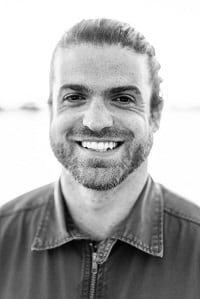
Zackary Canepari is a visual storyteller working in a variety of different mediums. He began his career as a photojournalist in India/Pakistan before teaming with filmmaker Drea Cooper in 2010 and launching the documentary film series “California is a place,” which screened at Sundance. The success of the California series led Canepari to Flint, Michigan to film the documentary feature “T-Rex,” co-directed with Cooper, about teenage Olympic boxer and Flint native Claressa “T-Rex” Shields, which premiered at SXSW, was featured on PBS, and was recently adapted into a feature film titled THE FIRE INSIDE. He is currently finishing a new documentary about Active Shooter Preparedness for HBO titled THOUGHTS & PRAYERS.
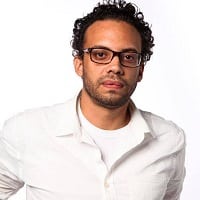
Carlos Javier Ortiz is a director, cinematographer and documentary photographer who focuses on urban life, gun violence, racism, poverty and marginalized communities. In 2016, Ortiz received a Guggenheim Fellowship for film/video. His work has been exhibited nationally and internationally. FILM: A Thousand Midnights The film marks the centennial of the beginning of the Great Migration in which six million African Americans relocated from the rural South to the cities of the North, Midwest and West from 1915 to 1970. Black migrants believed that the purported racial openness of the North would translate into more economic opportunity; however, as is the case with much of the American story, this dream remains out of reach for many.
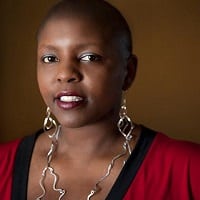
Yoruba Richen is a documentary filmmaker who has directed and produced films in the U.S. and abroad including Africa, South America and Southeast Asia. Her films include: The New Black, Promised Land and Out in the Night. Richen is the Director of the Documentary program at CUNY Graduate School of Journalism, a 2014 featured TED Speaker, a Guggenheim Fellow and the recipient of a 2016 Chicken & Egg Breakthrough Filmmaker award.
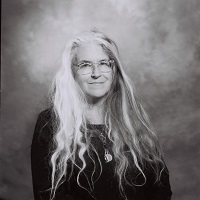
Sara Terry is a documentary photographer and filmmaker whose work focuses on how we define our humanity – and the role of community in helping us make that definition. She is a Guggenheim Fellow in Photography, a Contributing Photographer to the VII Foundation and a Sundance Documentary Fellow. Her early photography work, covering post-conflict Bosnia (“Aftermath: Bosnia’s Long Road to Peace”) led her to create The Aftermath Project, a grant-making photography non-profit based on the idea that “War is only half the story.” The Aftermath Project has been giving grants to photographers working in post-conflict settings around the world since 2007.
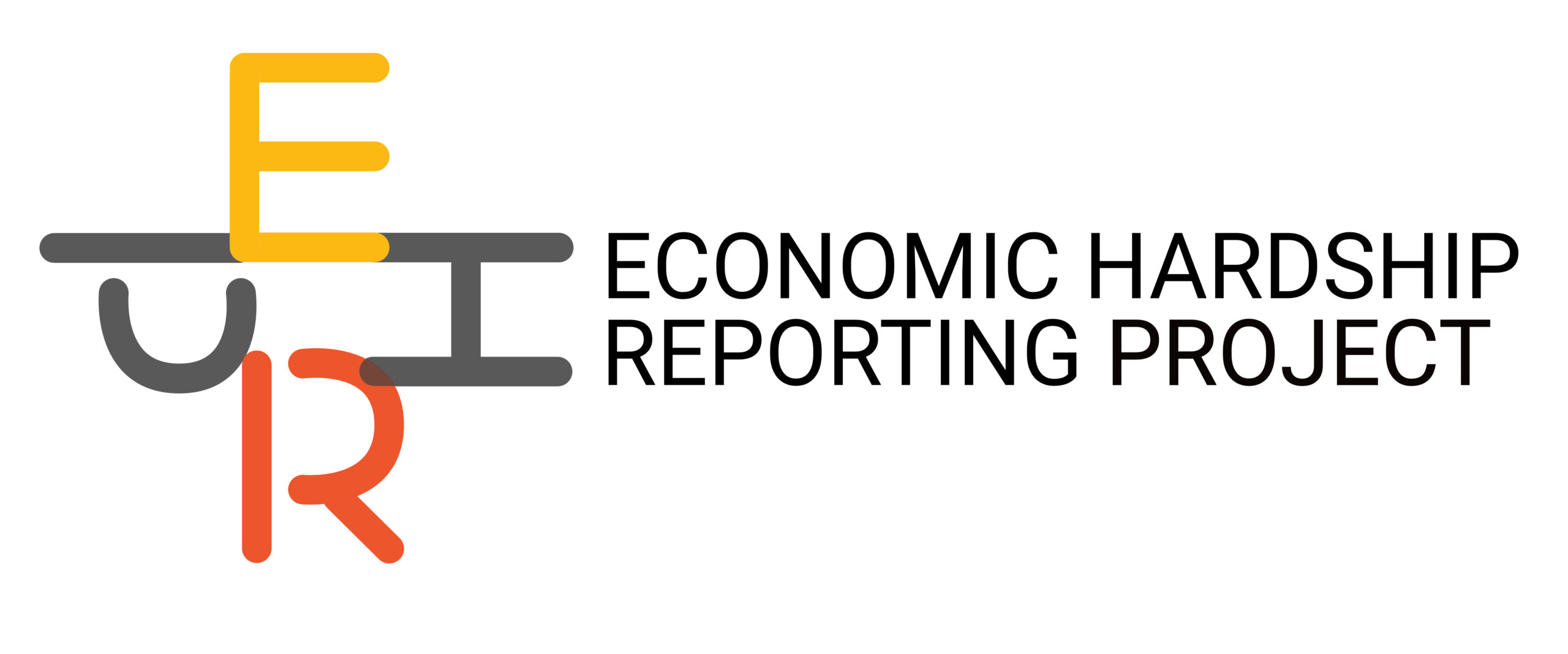
The Economic Hardship Reporting Projects supports independent journalists so they can create gripping stories which often counter the typical disparaging narratives about inequality. This high-quality journalism is then co-published with mainstream media outlets mobilizing readers to address systemic economic hardship.